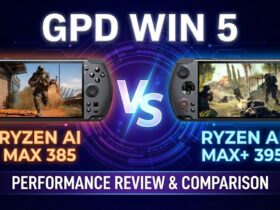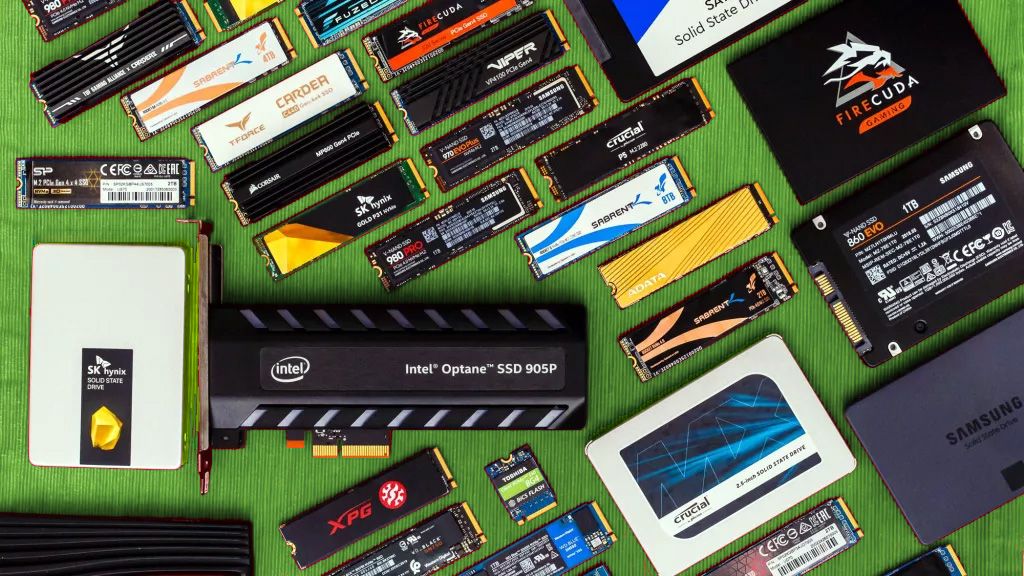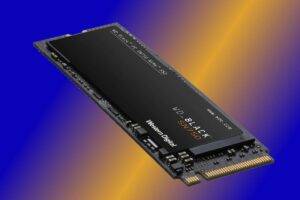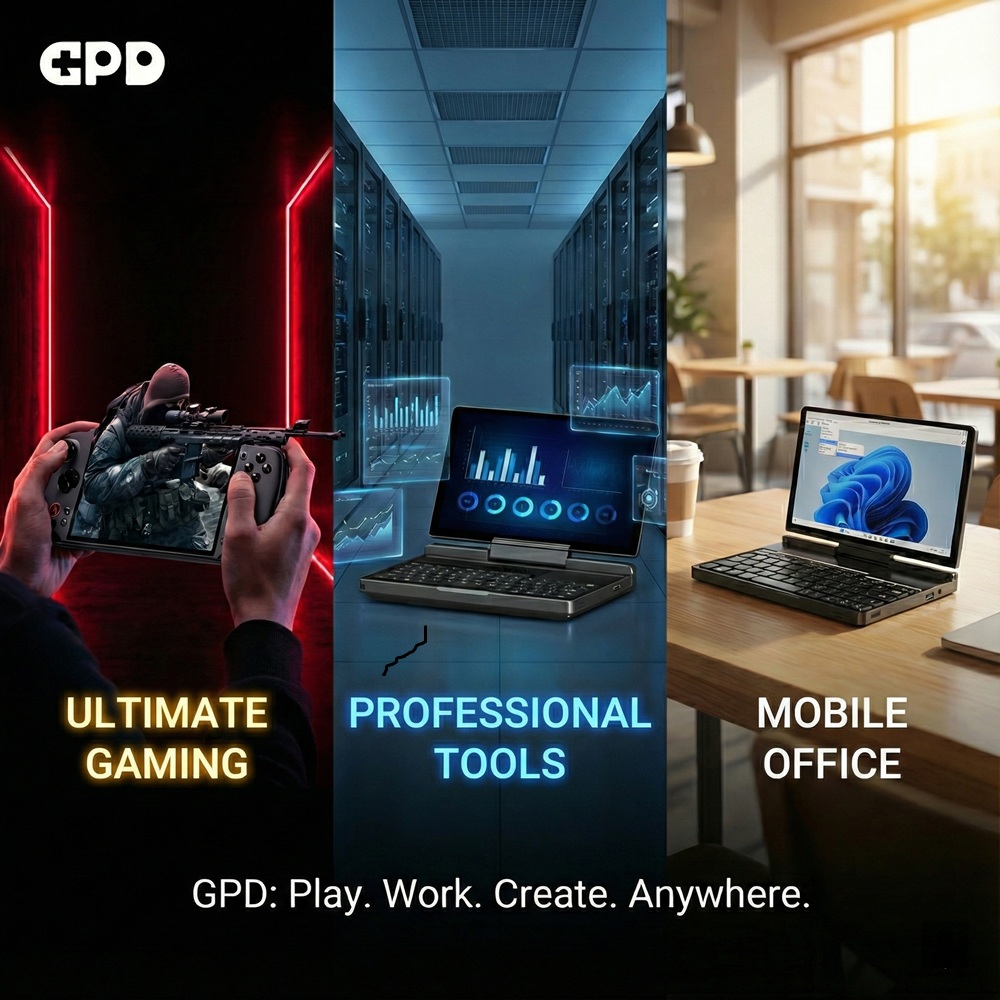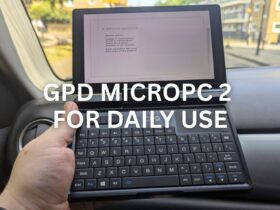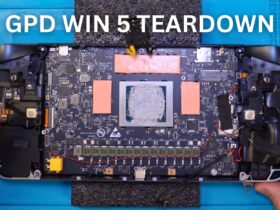Have you ever wondered what an M.2 SSD is? What the difference between the different types of SSD are? With our recent shift into selling a larger variety of mini PC’s, NUCs, and more. We at DroiX thought it may be useful to write a short guide on the types of storage that you will commonly encounter in devices like these.
When looking for a new device, it may be overwhelming when factoring in all the different aspects one must consider, but we hope this guide is a techy-talk free summary that helps you make a slightly more informed choice about any future purchases you make!
What IS M.2 Storage?
The first thing you’ll probably notice when looking for a new mini PC, is the mention of something known as “M.2” storage.
To keep it simple, M.2 is a newer form factor of SSD that is intended to economize space, making it an increasingly popular storage solution in all manner of laptops and PCs.
Your typical M.2 SSD may look something like this:
A far cry from the hard drives of old, M.2 SSD’s are not much larger than a stick of gum. Without the need to trail power or data cables across your case, they have a much smaller footprint too.
Many of our devices feature M.2 storage. Such as the GPD Micro PC, or the One GX1
What’s the difference between SATA SSD and NVMe SSD?
While M.2 SSDs were a huge breakthrough in terms of space efficiency, their actual speed did not change that much.
Eventually the speeds for conventional, SATA-based SSD’s plateaued at the maximum of 6GB/s, and with the need for even faster loading speeds, the NVMe format of SSD was born.
By directly accessing the PCI-express bus (typically reserved for components such as graphics cards), instead of the antiquated SATA bus, NVMe SSDs became capable of blisteringly fast read/write speeds – up to 5-7 times faster than traditional SATA-based SSDs (and around 30 times faster than your average hard drive). Although the jump in speed is less noticeable than the jump in speed between hard drives and solid state drives, it is still worth considering when purchasing a new system.
Many of our higher-end devices support NVMe SSDs, such as the MINISFORUM H31, and the MINISFORUM DMAF5.
Some devices even feature embedded NVMe storage, like the One Netbook One GX1. (they take up even LESS space, but are connected directly to the motherboard, and can’t be swapped/upgraded).
The Beelink GT-R is a rare type of mini PC that supports both a SATA, M.2 SATA, and M.2 NVMe SSD simultaneously.
What is an mSATA ssd?
An mSATA SSD is very similar to that of a SATA and M.2 SATA SSD. The intent behind it was the same as the M.2 – to provide a smaller footprint for an SSD, to make it more comfortable to use in small-form-factor devices such as laptops.
mSATA SSDs slightly larger than an m.2 SSD – more comparable to a business card, rather than a stick of gum. They are only capable of transferring data through the SATA bus, unlike M.2 SSD’s that can use the PCI-express bus or SATA bus.
They have largely been eclipsed in usage by M.2 SSDs, but can still be found today in some laptops and mini PC’s. Make no mistake, they are still SSDs, and will still provide fast read/write speeds of up to 6GB/s as expected.
If you’re in the market for one, we may still have them in stock here.
What is eMMC Storage?
eMMC stands for “embedded multimedia card” – which in layman’s terms, is essentially an SD card or USB flash drive that has been embedded directly into the motherboard.
In terms of speed, eMMC storage fits somewhere between SSDs and HDDs in performance. eMMC storage options are often used in portable devices like smartphones and tablets, but can also be sometimes found in budget mini PC’s as a way of saving on price while still providing a decently responsive experience.
The lack of moving parts also means that – like SSDs, they’re not prone to unseen damage as a result of knocks and bumps like a HDD would.
eMMC storage is not something that is intended to be modified or exchanged (unlike SSD’s/HDDs, which can usually be upgraded), thus in most cases you are stuck with the size you initially purchase (+ whatever expansion options the device offers).
Many of our budget mini PC offerings feature eMMC storage, such as the Beelink BT3-X. Most android boxes, such as the DroiX X3 also feature it.
Looking for an SSD of your own? Check our our range of SSDs on offer here:
https://go.droix.co.uk/HARDWARE
Until next time!





